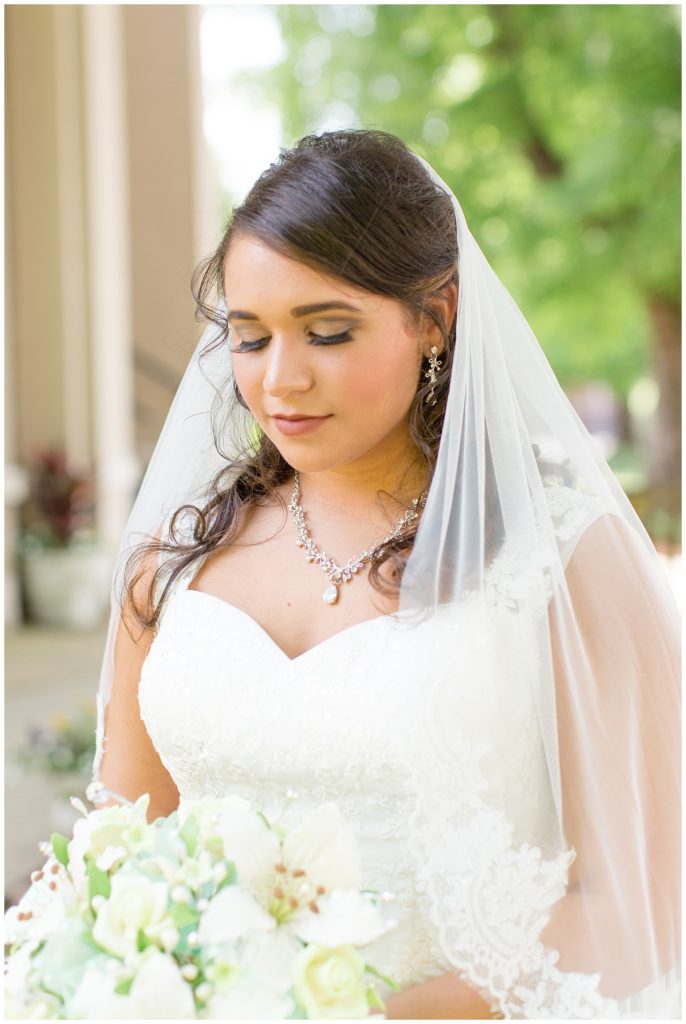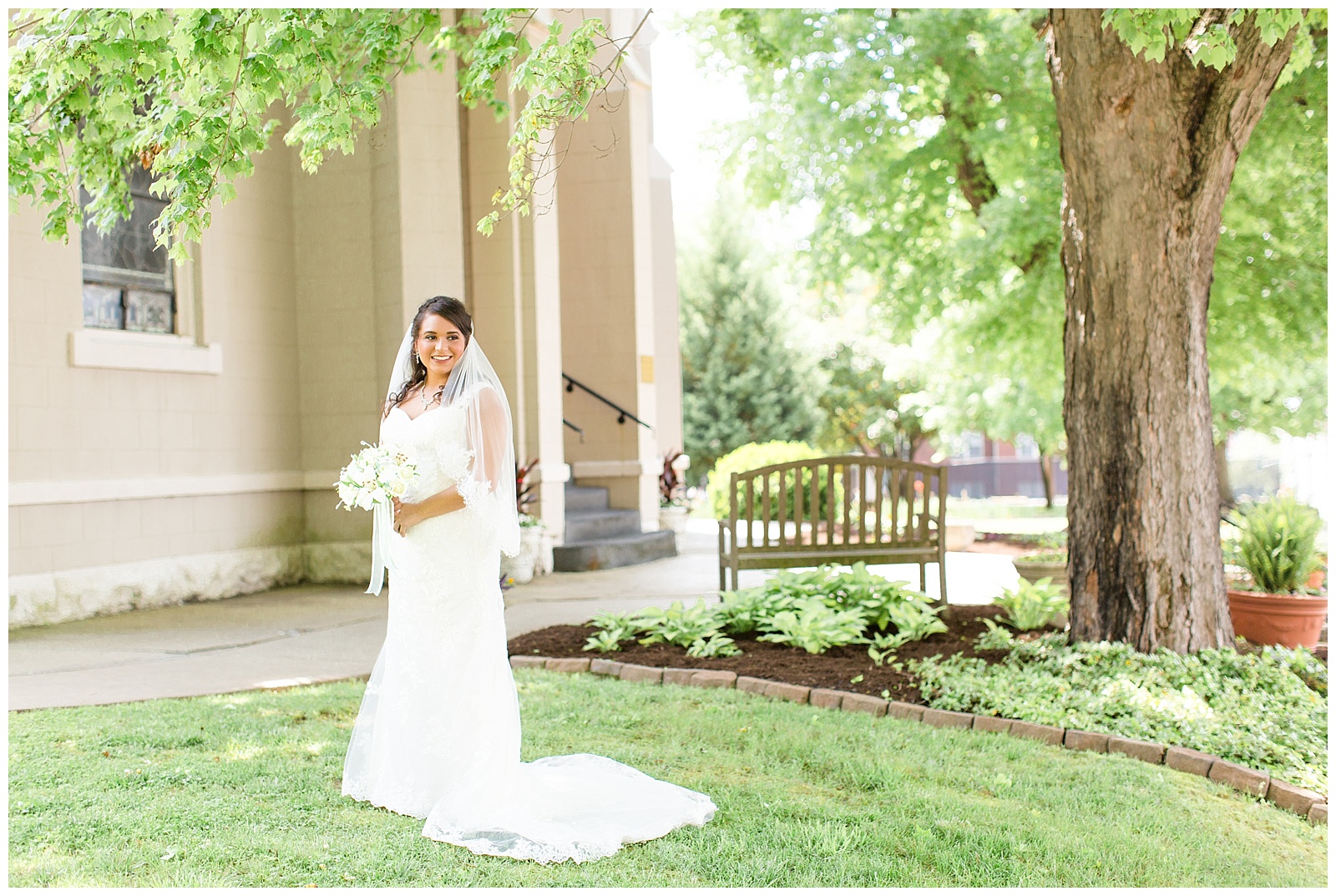June 4, 2018
Have you ever been scrolling through a photographer’s blog or Instagram feed and wondered how in the world their work is so beautiful and consistent? How do they make the scenery in the photo look dreamier than real life? How is it that their subjects look tack sharp, but there is a beautiful blur or “bokeh” in the background? How did they catch their clients in this perfect romantic moment?
The truth is, there are many factors that go into those stunning photographs. And, if you haven’t experimented with professional photography before, you may assume it is as simple as catching a couple in a wistful moment and pushing the shutter, but you’d be shocked to know exactly how much thought and effort goes into each and every photo.
Hannah and I like to think about all of the factors that make up a beautiful photograph as “layers.” You learn how to master one layer at a time and then you stack them on top of one another until the photograph ends up looking as beautiful and effortless as possible. Because the truth is, although each photo takes a lot of thought, photographers want an audience to look at their work and see only the clients in the photo. They want the viewer to feel like they are just looking in on a romantic moment in time that just happened naturally, instead of imagining the photographer on the scene instructing each step.

Here are few examples of the different “layers” of photography:
- Camera Gear
- Camera Settings
- Lighting
- Locations
- Posing
There is so much to cover when it comes to capturing the perfect image, so much information that people have written books and taught courses on it! Instead of trying to break down each layer in one blog post, I just want to answer one question that we get often: “What is your favorite camera lens to use?” You may wonder why I starting talking about layers of photography if I’m only going to talk about gear, and reason is that the gear or lenses are only ONE part of the entire process. Although they can make a huge difference in the overall look of your work, you likely will not get the exact photography style you want just by buying a really expensive lens.
With all of that said though, our favorite portrait lens is the Canon 50mm 1.2 lens.
The lens breakdown:
Canon— When we started photography for the first time, we used Hannah’s Dad’s Canon camera and never looked back! We just love the quality they produce and rarely stray from their brand.
50mm— This is the focal length of the lens, which, in the most basic of terms, is the distance you can stand from the subject while keeping it in focus. The focal length you choose will vary on what you want to photograph. There are two types of lenses– Zoom and Prime. A zoom lens will have multiple focal lengths (70-200mm). This means you could be standing in one spot and just by adjusting the lens, you would be able to take two totally different photographs. The 50mm, however, is a prime lens, which only has that one focal length. This is advantageous in portrait photography because these lenses have the ability to have lower apertures, which creates more of a blur in the background of the photo. This “blur” is also known as “bokah,” which we think is beautiful because the photo is then focusing on the subjects and melting everything else into the background. Because we are people-centered photographers, a huge goal for us is that you see the client first and the background second. Remember though, the prime lens does not have more than one focal length so in order to get photos from multiple perspectives like a full-body shot and a close up, you must move your feet.
1.2— This is aperture of the lens, which is one of the 3 aspects of the exposure triangle that the photographer is figuring out that will properly expose the photograph. The aperture is what allows you to get that “bokah” aspect that we were talking about before. The lower the number (f/1.2 compared to f/4) the more blur you will be able to achieve. Zoom lenses do not have the capacity to have as low of an aperture as prime lenses do.

Well, there you have it! Our favorite portrait lens is the Canon 50mm 1.2. It allows us to create photographs that have sharp focus on our clients and creamy, dreamy blur in the background.
Stay tuned for more photography education!
-Chelsea and Hannah
Mentioned Gear:
FREE NEWSLETTER
Are you interested in FREE photography and business tips and tricks that you can’t find on our blog delivered straight to your inbox? Click here to sign up for our newsletter for photographers.

Comments Off on Our Favorite Portrait Lens